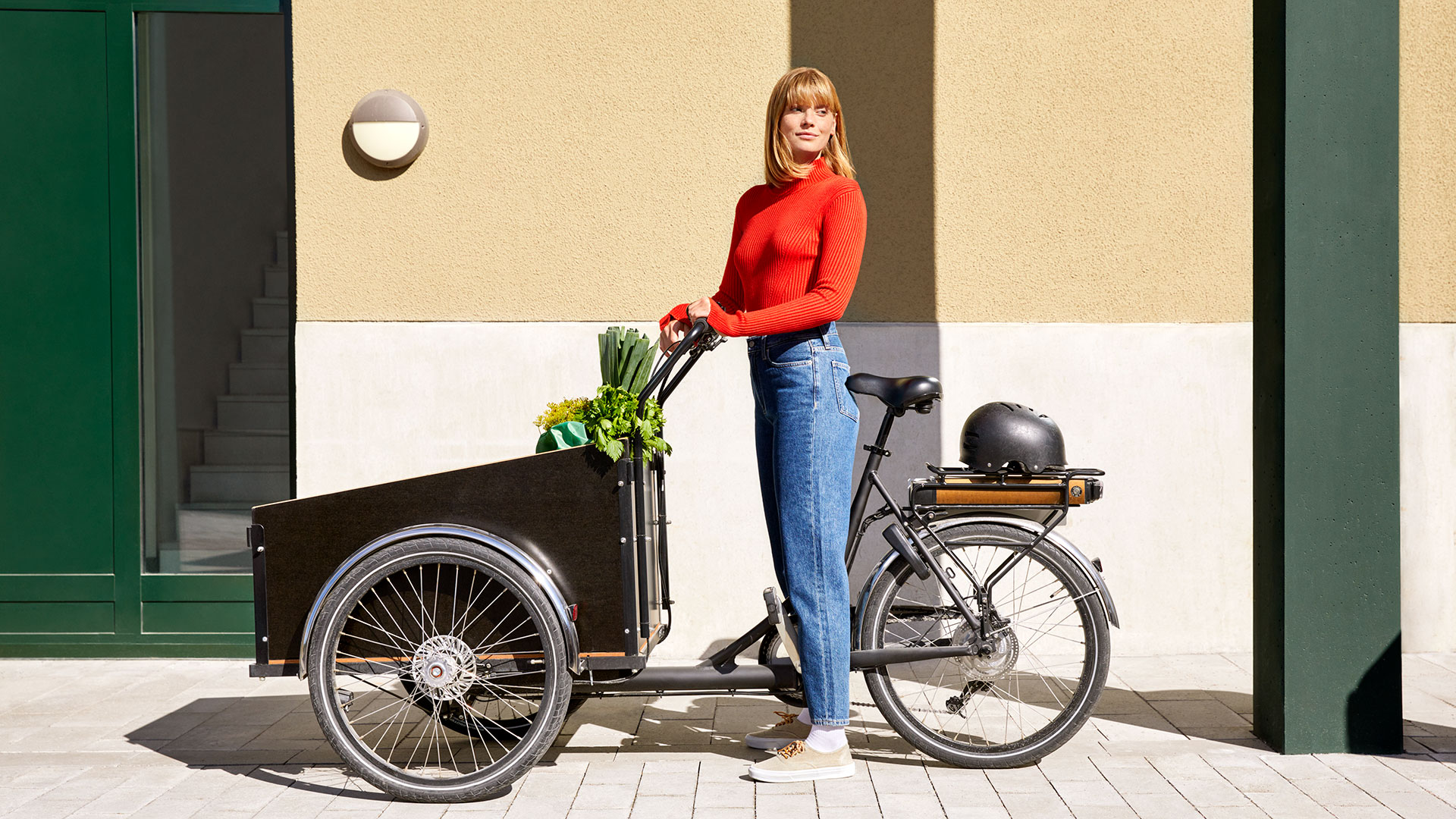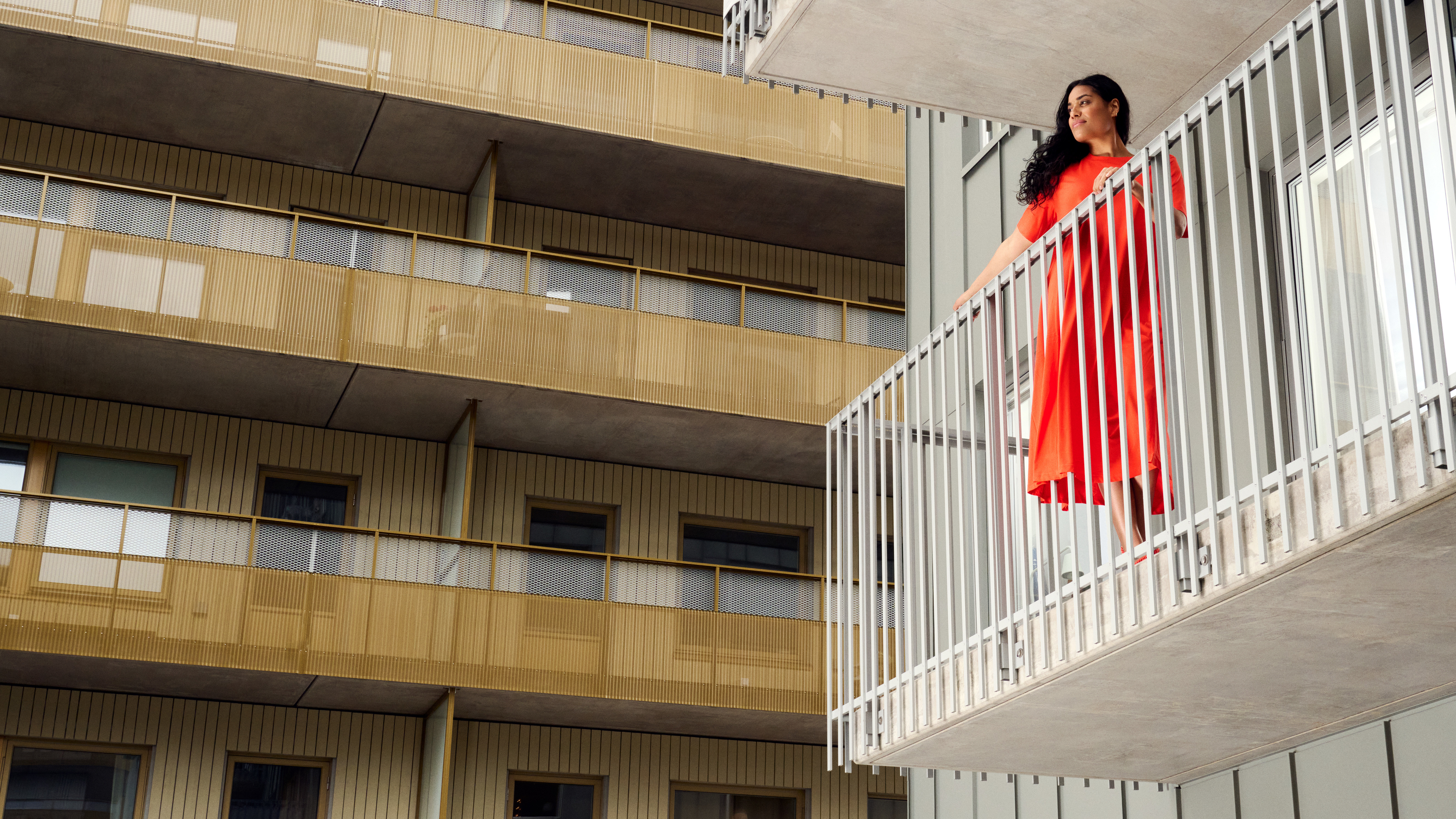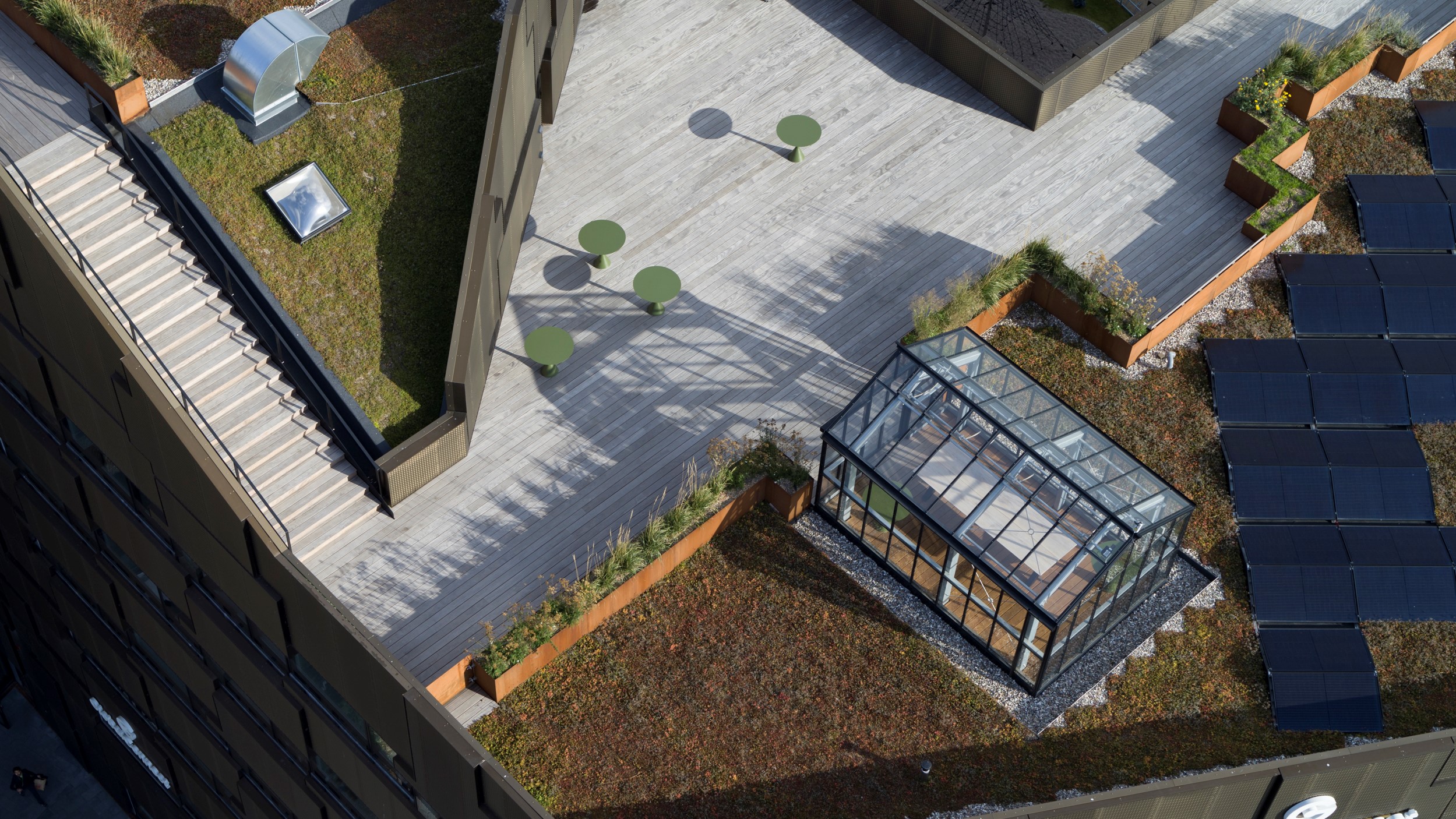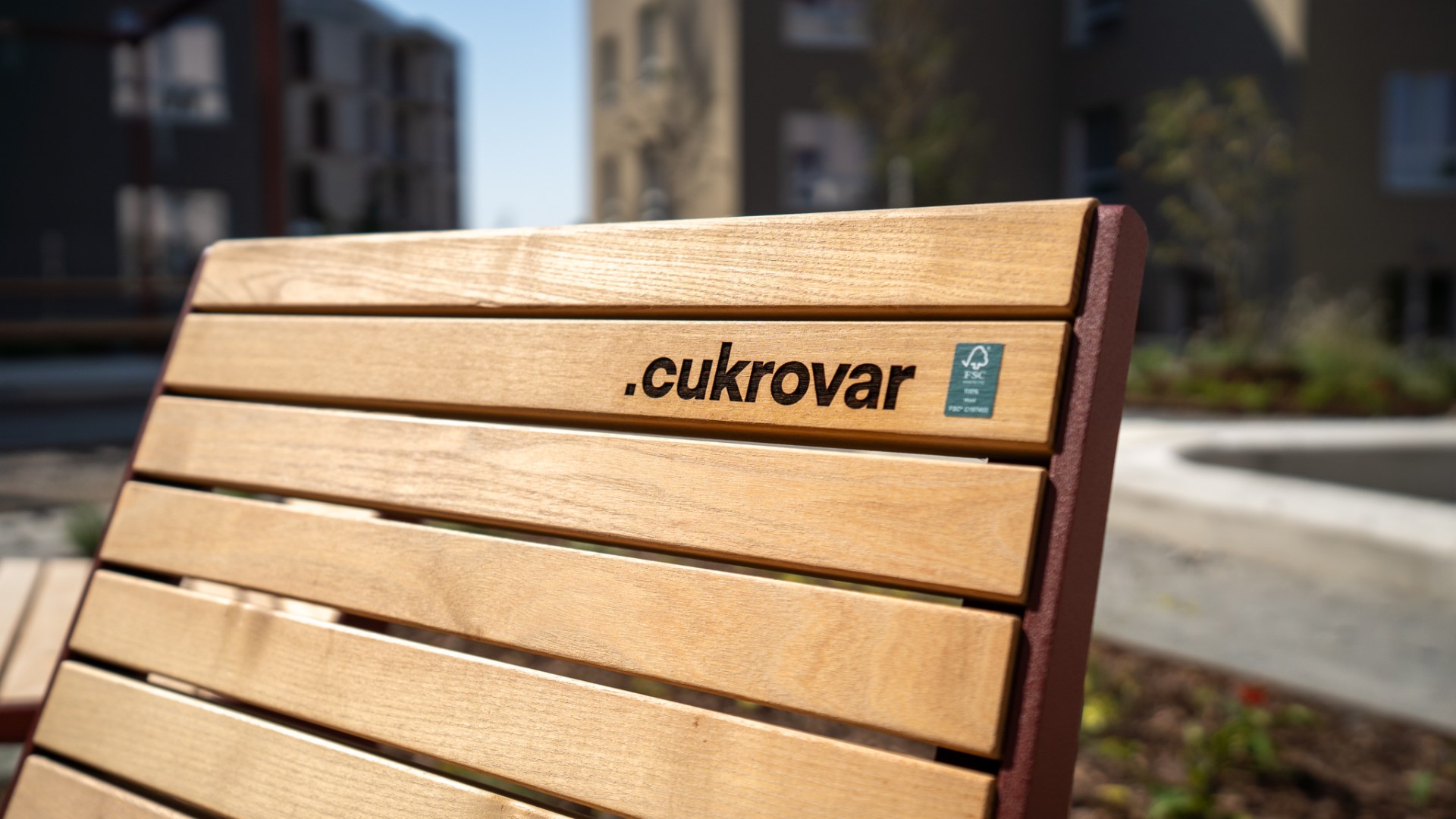

Walking through the cozy residential streets of Modřanský Cukrovar on the outskirts of Prague, it can be hard to believe the whole area was an industrial site not so long ago. Where today you see attractive apartment buildings with high sustainability values, there was a working sugar refinery just two decades ago.
In the latest episode of the Shaping Sustainable Places podcast, we learn how this transformation has taken place by speaking with three of the people responsible. Petr Dušta is a senior project manager with Skanska Residential in Europe, while Ondřej Mundl is Design Director at Chybik + Kristof, the architectural studio which designed the neighborhood. Ondřej Flanderka, meanwhile, is Sustainability Manager at Skanska Residential in Czechia.
Skanska acquired the site for Modřanský Cukrovar in 2015 and immediately embarked on a two-year dialogue with the local community to determine which features and facilities they wanted. The resulting design, on the banks of the Vltava River, is rich in public spaces, modern amenities and homes that integrate the latest in sustainability solutions.
Sharing the view
Ondřej Mundl from Chybik + Kristof explains that structural artworks have been used to define public spaces and create landmarks for people to use in navigating the neighborhood. Another stand-out design feature has been the decision to stagger the height of the dwellings as they move back from the river, maximizing the opportunity for views. The apartments in the development also very often have high ceilings and flexible configurations that give families room to grow.
Clever graywater solution
Skanska’s Petr Dušta explains that as well as being visually pleasing, the neighborhood and apartments have been designed with sustainability in mind. For example, apartment toilets are flushed using “graywater” collected from baths, showers and basins. The collected water undergoes a multi-stage treatment process before being stored in huge storage tanks ready for use.
Another goal of the design was to minimize the energy required for heating and cooling. Petr says features that help achieve this include recapturing thermal energy during graywater treatment, efficient underfloor heating, planted roofs to provide natural cooling, and external blinds to protect the apartments from overheating. There are also two types of solar panel on the roofs: photovoltaic panels, which generate electricity, and photothermic panels for preheating hot water.
Blue-green infrastructure
Ondřej Flanderka, meanwhile, explains that the whole of Modřanský Cukrovar has been built around so-called blue-green infrastructure. This means natural and semi-natural systems, like vegetation, soils and water bodies are used to enhance the environment. Part of this approach involves capturing rainwater on rooftops and keeping it in accumulation tanks. But Ondřej says the landscaping and the shapes of public spaces also play a role, helping to channel water where it’s needed.
The overall result is a neighborhood that is not only comfortable to live in but which also takes important steps towards reducing our impacts on the planet.
For more details and expert insights, tune in to the full episode of Shaping Sustainable Places on Spotify, Apple Podcasts and YouTube.
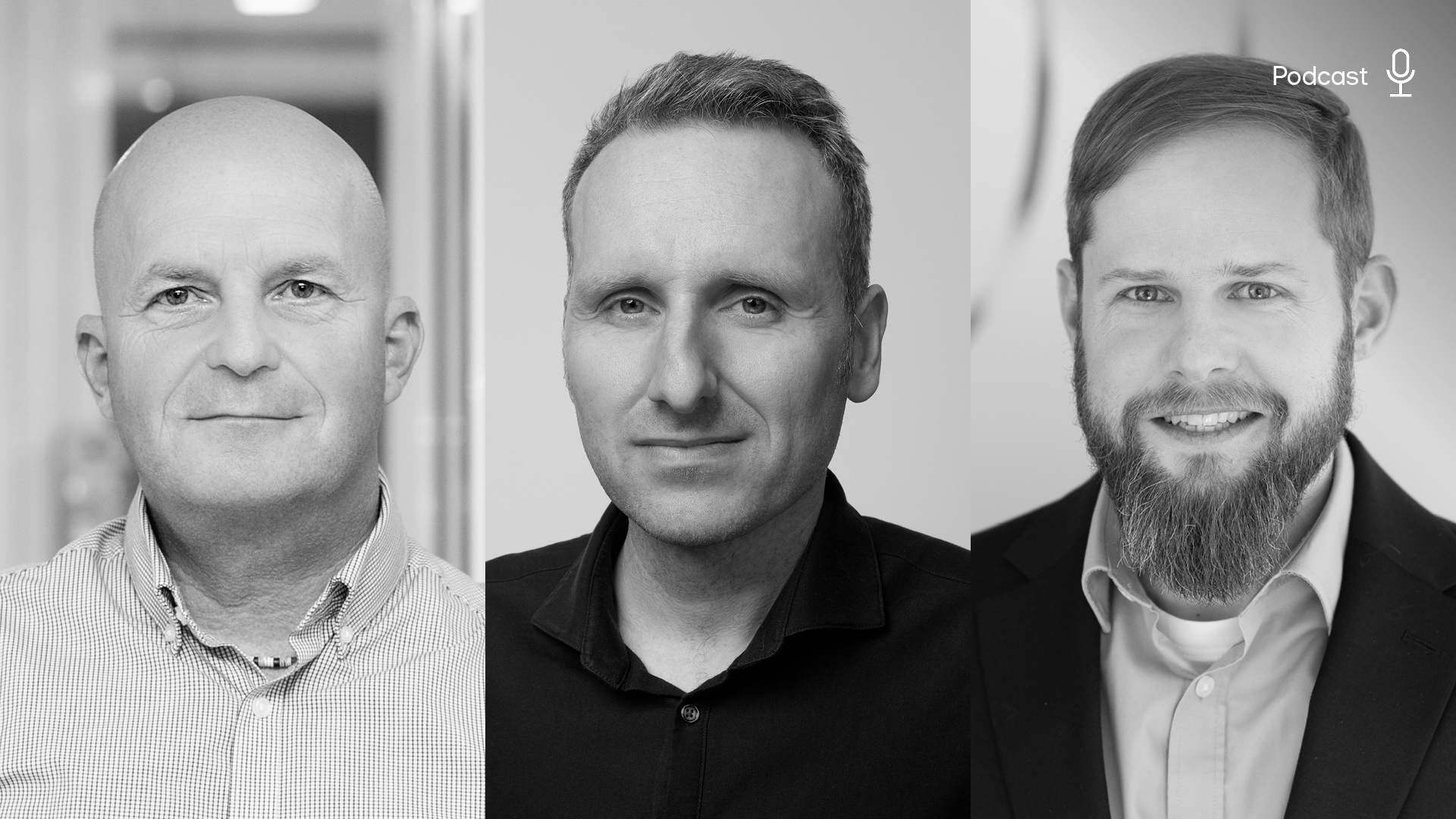

On our podcast episode about Modransky: Petr Dušta, Ondřej Mundl and Ondřej Flanderka.
Related articles
